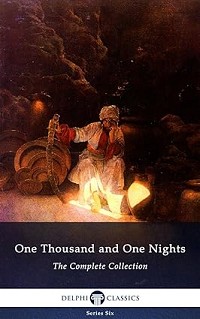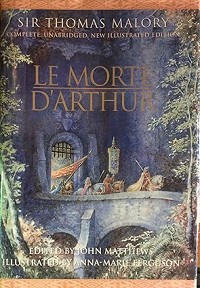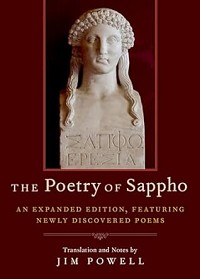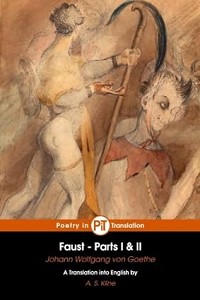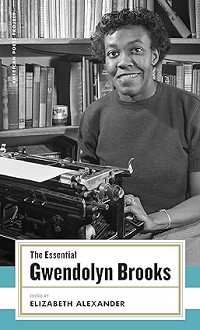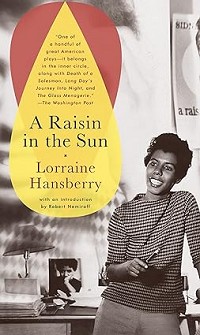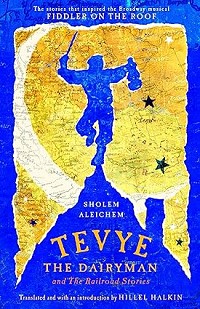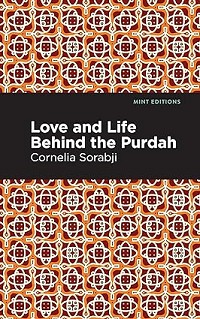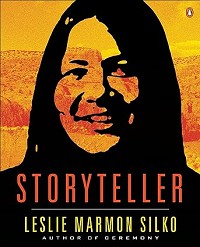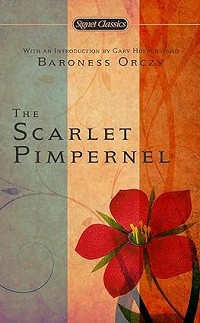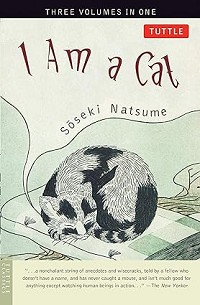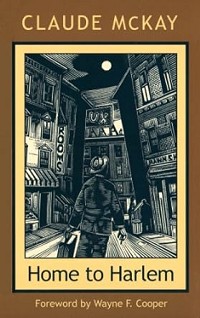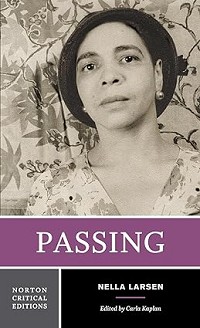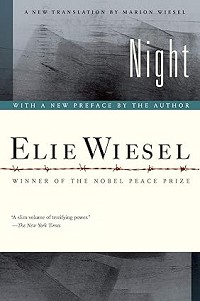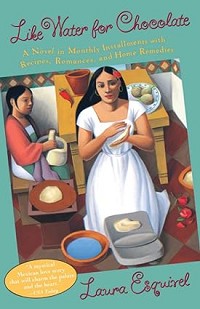Best Classic Books: Myths, Legends & Folktales
The Rāmāyana of Vālmīki (ca. 6th Century BCE)
Hinduism’s two foundational epics are rich with stories that have captivated audiences for centuries. The Rāmāyana, one of these epic tales, chronicles the life of Rama, a Hindu god and prince whose journey is filled with unexpected twists and turns. As Rama navigates his challenges, he faces spiritual and ethical dilemmas that serve as valuable lessons for readers.
While an understanding of Hindu philosophy can enhance the experience, The Rāmāyana’s timeless themes and classic adventure elements will resonate with fans of great literature, much like ancient tales such as The Iliad, Beowulf, and The Journey to the West.
One Thousand and One Nights (ca. 13th Century)
In the timeless classic, One Thousand and One Nights, a clever young woman named Scheherazade finds herself at the mercy of a ruthless king who has a penchant for beheading his wives on their wedding nights. Believing that her husband’s murderous tendencies are motivated by a desire to prevent infidelity, Scheherazade uses her wit and storytelling prowess to outsmart him.
She cleverly refuses to conclude each tale before the night is over, thereby forcing the king to spare her life in order to learn the outcome of the story. As she regales her husband with a series of fantastical stories, including the well-known tales of ‘Aladdin,’ ‘Ali Baba and the Forty Thieves,’ and the ‘Voyages of Sindbad,’ Scheherazade weaves a spell that not only captivates her audience but also secures her own survival.
The Poetic Edda (ca. 10th Century)
Dive into the world of Norse mythology and uncover the secrets behind Loki’s antics, Thor’s hammer-wielding prowess, and Odin’s wisdom. The Poetic Edda holds the keys to understanding these iconic characters and their place in the Marvel Cinematic Universe. This epic poetry collection delves into tales like the Twilight of the Gods and Loki’s unconventional pregnancy by a horse.
Not only are these stories deeply rooted in Icelandic literary culture, but they also influenced the creation of works like The Lord of the Rings, paving the way for modern fantasy.
Le Morte d’Arthur by Sir Thomas Malory (1485)
A lifelong enthusiast for all things Arthurian, I couldn’t help but include this iconic tome on my list. Written over 500 years ago, Le Morte d’Arthur has maintained its relevance throughout the centuries, solidifying its status as the authoritative account of the King Arthur legend. This influential work not only inspired T. H. White’s The Once and Future King, but also introduced countless readers to the mystique surrounding Camelot and its noble knights.
For those who delight in traditional storytelling with a touch of whimsy – think ‘once upon a time’ narratives – Le Morte d’Arthur is sure to captivate and transport you to a bygone era.
Best Classic Books: Poetry & Drama
The Poetry of Sappho (ca. 6th Century BCE)
In ancient times, a poet emerged and disappeared, leaving behind only her poetic works as a testament to her existence. Sappho, an enigmatic figure, has been immortalized through fragments of her verses, which still enthrall readers today, over 2,500 years since her passing.
Despite the passage of time, her poetry, particularly those celebrating love between women, continues to captivate and inspire writers, making her a prime introduction for poetry enthusiasts and queer literature aficionados seeking to explore the classics.
Faust by Johann Wolfgang von Goethe (1808)
As an English major, I’m no stranger to Christopher Marlowe’s works. However, my first encounter with Dr. Faustus wasn’t through his iconic play, but rather through Goethe’s rendition. I must admit that Goethe’s version, with its poignant love story and more approachable language, is a more inviting introduction for new readers.
The Essential Gwendolyn Brooks (1945)
Gwendolyn Brooks, the pioneering African American poet, made history as the first Black writer to win a Pulitzer Prize in 1949. Her remarkable achievement was for her poetry collection, Annie Allen, published that same year. Unfortunately, this milestone work is now out of print. Fortunately, readers seeking to experience Brooks’ literary genius can turn to The Essential Gwendolyn Brooks, masterfully edited by Elizabeth Alexander, another Pulitzer-winning author.
This comprehensive anthology brings together excerpts from Brooks’ earliest publication, A Street in Bronzeville (1945), through her posthumous final release, In Montgomery, and Other Poems (2003), as well as everything in between, offering a unique glimpse into the poet’s remarkable oeuvre.
A Raisin in the Sun by Lorraine Hansberry (1959)
Lorraine Hansberry’s iconic play may not be a staple in modern high school curricula, but its significance and relevance remain unwaveringly strong. The Youngers’ quest to purchase a home in an all-white neighborhood during the tumultuous Civil Rights era is as poignant now as it was when first performed 65 years ago.
The loss of their patriarch sets the stage for a journey that probes the struggles and triumphs of this African American family, offering timeless insights into the human experience.
Best Classic Books: Short Fiction
Tevye the Dairyman and The Railroad Stories by Sholem Aleichem (1894)
Sholem Aleichem’s timeless tales of Tevye and his daughters, originally published in Yiddish at the dawn of the 20th century, have had a profound impact on popular culture. The iconic characters have been immortalized in the hit musical Fiddler on the Roof, with its poignant yet ultimately uplifting story.
However, while the stage and film adaptations may leave audiences with a sense of melancholy, Aleichem’s original stories are marked by a more somber tone, with mortality playing a significant role. Nevertheless, these tales also exude warmth, wit, and a deep appreciation for tradition, making them a treasured collection that is well worth discovering.
The Collected Stories of Stefan Zweig (1900)
This comprehensive collection of 22 stories by Austrian author Stefan Zweig provides an ideal entry point into his captivating literary world. Fans of Wes Anderson’s whimsical style in ‘The Grand Budapest Hotel’ will find common ground here, as the film’s director has openly acknowledged drawing inspiration from Zweig’s works. The anonymous writer character in the film is subtly reminiscent of Zweig himself, further underscoring the connection.
Although interest in the author surged roughly a decade ago, much of his oeuvre remains unfamiliar to modern readers. These stories seamlessly blend melody and melancholy, leaving readers enriched by their experience.
Love and Life Behind the Purdah by Cornelia Sorabji (1901)
For readers of Sujata Massey’s Perveen Mistry series, a notable connection exists. In early 20th-century India, Cornelia Sorabji, an Oxford-educated lawyer, uniquely served as a legal advocate for the purdahnashin women. These affluent Hindu women adhered to the practice of veiling and spent their days confined within their homes, isolated from the outside world. The purdah’s prohibition on unrelated men further limited these women’s access to legal counsel.
Drawing inspiration from her clients’ stories, Sorabji, the very person who inspired Mistry herself, pens a captivating narrative about the lives of these upper-caste women under British colonial rule.
Storyteller by Leslie Marmon Silko (1981)
Leslie Marmon Silko’s Laguna Pueblo-inspired literary masterpiece, ‘Storyteller’, defies conventional norms. This 1981 publication seamlessly blends poetry, short fiction, and memoir into an immersive and groundbreaking reading experience. With its innovative approach to storytelling, this experimental work transcends traditional boundaries, making it a must-read for those seeking a refreshing departure from the expected.
In particular, readers who have grown weary of dense 19th-century prose will find ‘Storyteller’ to be a welcome respite.
Best Classic Books: Novels
The Journey to the West by Wu Cheng’en (16th Century)
Wu Cheng’en’s Journey to the West, a timeless classic of Chinese literature, tells the story of Tang Sanzang, a devout Buddhist monk on a pilgrimage. His journey is filled with adventure as he guides three wayward companions – Sun Wukong, the mischievous Monkey King; Zhu Bajie, the endearing Monk Pig; and Sha Wujing, the enigmatic Sand Ogre – back to their rightful place in Heaven.
For those familiar with anime and manga, parallels can be drawn to popular series like Dragon Ball and Saiyuki, making this classic more accessible. Yet, Anthony C. Yu’s meticulous translation efforts allow the original humor, drama, and wit of the Chinese text to emerge, offering a richly nuanced reading experience.
The Scarlet Pimpernel by Baroness Orczy (1905)
Stan Lee dubbed him “the first character who could be called a superhero.” Before the caped crusader and the masked avenger, there existed the Scarlet Pimpernel. This enigmatic figure was masterminding a daring operation: smuggling French aristocrats to safety during the Reign of Terror. The Republic was in a state of panic, unable to apprehend this elusive individual who left behind only his signature calling card – the iconic flower that bore his name.
Amidst the chaos and confusion, suspicion fell on the most unlikely of suspects: Sir Percy Blakeney, an English baronet with a penchant for dandyism and a marriage to a French actress. It seemed absurd to think that this seemingly frivolous character could be behind the daring rescue efforts. Yet, the truth was far more intriguing.
I Am a Cat by Natsume Sōseki (1905)
Home to Harlem by Claude McKay (1928)
Claude McKay’s debut novel, ‘Home to Harlem’, tells the story of Jake, a U. S. soldier from Harlem who deserts his post on the European front during World War I. Upon returning to New York, Jake finds employment in the kitchen of a passenger train, where he encounters a diverse cast of characters, all sharing a common thread of poverty.
Like many works of its era, ‘Home to Harlem’ courted controversy with its unapologetic depiction of working-class African Americans, shedding light on issues of socioeconomic struggle and queer identity that remain poignant today.
Passing by Nella Larsen (1929)
The narrative of revolves around the complex and poignant friendship between two biracial women, Irene and Clare. While both can ‘pass’ as white, only Clare has chosen to do so, marrying a racist white man and relocating to Europe. When she reaches out to reconnect with Irene, her actions inadvertently trigger a devastating sequence of events.
This thought-provoking novel masterfully blends elements of social commentary and psychological suspense, solidifying its status as a landmark work in American literary history. If you’re seeking a classic novel that’s engaging without being overwhelming, is an outstanding choice.
The Grapes of Wrath by John Steinbeck (1939)
John Steinbeck’s mastery of accessible language is unmatched, as evident in his iconic novel ‘The Grapes of Wrath’. This Depression-era masterpiece follows the Joad family as they navigate the Great Dust Bowl’s devastation, fleeing Oklahoma for California. The narrative’s inherent unfairness resonates deeply, with Steinbeck’s prose striking a perfect balance between simplicity and depth.
While it may be on the longer side, the novel flows effortlessly, making it an absolute must-read for anyone enthralled by American realist fiction.
Love in a Fallen City by Eileen Chang (1943)
For readers who find the dense language of Jane Austen and the Brontës challenging, Bai Liusu’s story offers a refreshing change of pace. This Chinese classic follows the lives of the wealthy Shanghainese family as they navigate the complexities of marriage and identity. Bai Liusu is an unconventional heroine, shunned by her family due to her perceived lack of romantic prospects. In a society where divorce is frowned upon, she must find a new husband quickly to maintain the family’s reputation.
Enter Fan Liuyan, a British-educated Chinese man seeking a traditional wife to help him reconnect with his roots. As they enter into a pragmatic arrangement, it becomes clear that their motivations are rooted in personal gain rather than genuine affection. But as they spend more time together, can they overcome their initial intentions and discover the possibility of real love?
Night by Elie Wiesel (1958)
While Night by Elie Wiesel may be the most challenging book on this list, its difficulties stem not from its complexity or length, but rather from the harrowing experiences it recounts. This autobiographical novel is a concise yet powerful account of Wiesel’s time at Auschwitz and Buchenwald concentration camps. The loss of his mother, youngest sister, and father – who succumbed to illness just before the camps’ liberation – weighs heavily on the narrative.
Miraculously, Wiesel and his two older sisters survived the atrocities, though their scars run deep. Despite being first published in 1958, Night remains a crucial read that continues to pack an emotional punch today.
The Master & Margarita by Mikhail Bulgakov (1967)
In a bold departure from the usual literary fare, this novel brings together an unlikely cast of characters: Satan, a wise-cracking feline, a deadly assassin, and a bloodthirsty vampire. This darkly comedic tale is set in Stalinist Moscow, a city where creativity was stifled by authoritarian rule. Ironically, Bulgakov’s masterpiece remained unpublished until 1973, when the Soviet Union had finally relaxed its grip on free expression.
The novel’s infamous line, “рукописи не горят,” or manuscripts don’t burn, takes on new significance in today’s climate of rising authoritarianism worldwide. This irreverent classic is a must-read for anyone seeking to challenge conventional norms and push against the boundaries of what’s acceptable.
Wild Thorns by Sahar Khalifeh (1976)
Sahar Khalifeh’s novel, Wild Thorns, delves into the complexities of life under Israeli occupation in the West Bank. The narrative centers around Usama, a passionate member of an anti-occupation resistance movement, as he navigates the moral implications of preparing to bomb a bus carrying Palestinian workers into Israel. His desperation to convince his cousin Adil to join the cause stems from a poignant desire to spare him from being on board when the bombing occurs.
The novel’s scope is further expanded by exploring the lives of Adil and his teenage brother, Basil, as they grapple with the human cost of political strife. Through its tragic portrayal, Wild Thorns poignantly captures the devastating consequences of conflict, making it an eerily timely tale in light of recent events between Israel and Palestine.
The House of the Spirits by Isabel Allende (1982)
Isabel Allende’s debut novel, The House of the Spirits, embarks on a sweeping journey through the Trueba family’s lives. The story begins with Clara del Valle, the enigmatic matriarch who, after predicting her younger sister’s demise, is left mute. This poignant introduction sets the stage for a tale that seamlessly blends magical realism with breathtaking prose.
Love Medicine by Louise Erdrich (1984)
The National Book Critics Circle Award for Fiction honored Love Medicine, the groundbreaking novel that weaves together the lives of five Ojibwe families across the 20th century. This critically acclaimed work masterfully combines Native American symbolism with unflinching realism, resulting in a literary masterpiece that transcends its individual components. Despite its accolades, Love Medicine remains a family saga at heart.
If you’ve devoured epic tales like The House of the Spirits, Tevye the Dairyman, or The Rāmāyana, this one’s sure to captivate your imagination.
Like Water for Chocolate by Laura Esquivel (1989)
In conclusion, a mention must be made of Laura Esquivel’s ‘Like Water for Chocolate’, a sweeping romance set against the backdrop of revolutionary Mexico. This novel stands out from more traditional tales of star-crossed lovers, such as ‘Romeo and Juliet’ or ‘Wuthering Heights’, with its unique blend of magical realism and culinary charm. The recipes woven throughout the narrative by Tita, the kitchen witch heroine, add a delightful layer of depth to the story.
To experience this enchanting tale for yourself, simply pick up a copy and become immersed in its dreamlike world. For more recommendations on classic books to read, consider exploring our lists of must-read modern classics and must-read classics by people of color.


